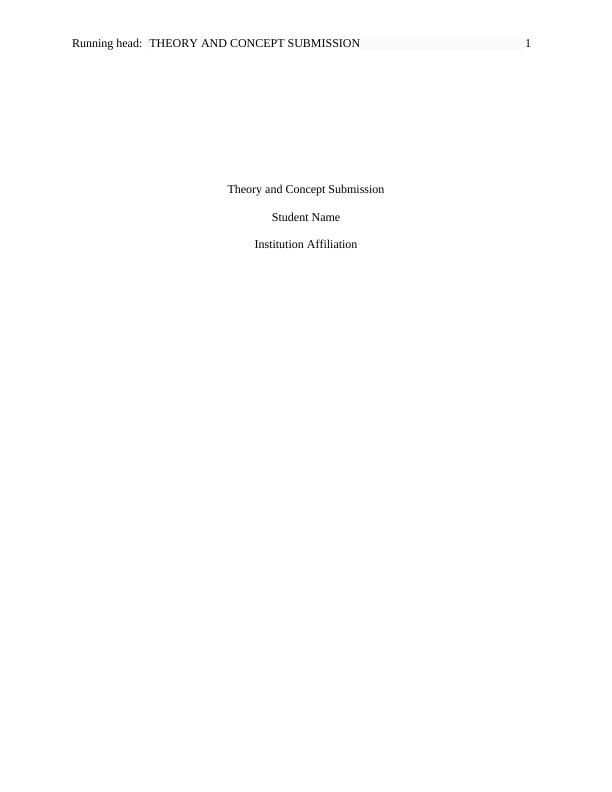Theory and Concept Submission for Human Resource Development
Added on 2023-06-07
7 Pages1548 Words244 Views
End of preview
Want to access all the pages? Upload your documents or become a member.
HUMAN RESOURCE DEVELOPMENT 9 HUMAN RESOURCE DEVELOPMENT Human Resource Development Name of the Student Name
|10
|2433
|299
Strategic Human Resource Development: Key Factors and Adult Learning Principles
|10
|2010
|156
HRD and Adult Workplace Learning
|9
|2471
|38
Strategic Importance of HRD
|9
|2129
|226
Human Resource Development in SMEs Student's Details- 2020 2020 Working of Human Resource Development in SMEs
|7
|2433
|22
Role of Human Resource Development PDF
|70
|16075
|144



